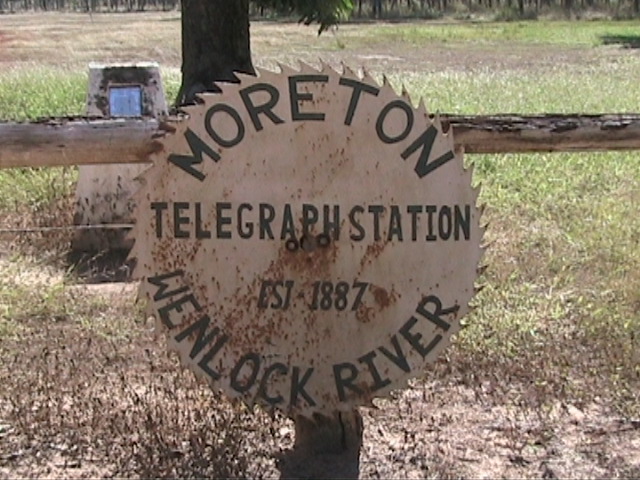What’s Up with 136g of Sugar and the Mysterious “Space Flavor”?
While browsing through the grocery aisle, one might do a double-take upon encountering a product with a staggering 136 grams of sugar. That’s not just a sweet indulgence; it’s a whole new level of sugar overload! But that’s not all—pairing this with a so-called “space flavor” on the label leaves us pondering what mysteries lie within.
Having an ingredient list feature “space flavor” is both intriguing and puzzling. What could possibly encapsulate the experience of something as vast and enigmatic as space itself? It certainly sparks curiosity and sets imaginations soaring, but it also raises questions about what we’re consuming and how it’s crafted to deliver such an enigmatic taste experience.
This blend of astronomical sweetness and cosmic mystery goes beyond the ordinary, driving home just how innovative (or audacious) brands can be in capturing consumer attention. As we stand amazed before this galactic concoction, it’s clear that food and beverage producers are not shy of pushing boundaries in the quest for unique and captivating products. One can’t help but wonder if this celestial drink lives up to its promises of an out-of-this-world flavor adventure.




It’s understandable to be perplexed by the notion of “space flavor,” especially when it’s combined with a surprisingly high sugar content like 136 grams. When considering products that tout unique or seemingly intangible flavors, it’s often a marketing tactic designed to evoke curiosity and drive interest through a novel consumer experience.
“Space flavor” could refer to a taste profile intended to capture the essence of space-related themes, possibly using unconventional ingredients or combinations to mimic a concept rather than a specific flavor. Generally, such branded flavors aim to evoke a sensory connection to the mysteries of space—think of it as taking inspiration from the unknown elements of space exploration. These could include flavors that are intended to mirror the smell of a spaceship, often described in popular science as metallic due to the interaction of ozone, carbon dioxide, and other compounds. However, in mass-market food and beverage products, this could translate to a blend of metallic notes with earthly elements like berries or vanillas to retain a palatable taste.
Regarding the sugar content, 136 grams is indeed extraordinarily high. For context, the American Heart Association recommends a maximum consumption of 36 grams of added sugar per day for men and 25 grams for women. Consuming such a large quantity in a single sitting can have several health implications, such as spikes in blood sugar levels, increased risk of obesity, diabetes, and other metabolic disorders. Therefore, it’s crucial to approach such products with caution.
If you’re interested in experiencing “space flavor” without overindulging in sugar, consider the following practical advice:
Moderation: Consume the product in small quantities. Share it among friends or family to enjoy the experience without consuming excessive sugar personally.
Alternatives: Look for products or recipes online that might offer a similar “space flavor” experience without the heavy sugar content. There are often artisanal or craft versions of such novelty flavors that prioritize natural ingredients and lower sugars.
DIY Approach: Engage in creating your own “space-inspired” flavored items at home using familiar low-sugar ingredients like citrus zest, spices, and extracts that achieve a unique flavor profile.
Balance: Complement this indulgence with a balanced diet rich in fiber, nutrients, and essential antioxidants to mitigate the sugar’s impact.
Ultimately, while products with intriguing descriptions and unique flavors are exciting to try, remember to prioritize health and understand the ingredients involved fully. By maintaining a balanced approach to such experiences, you can enjoy novelty flavors without compromising your well-being.